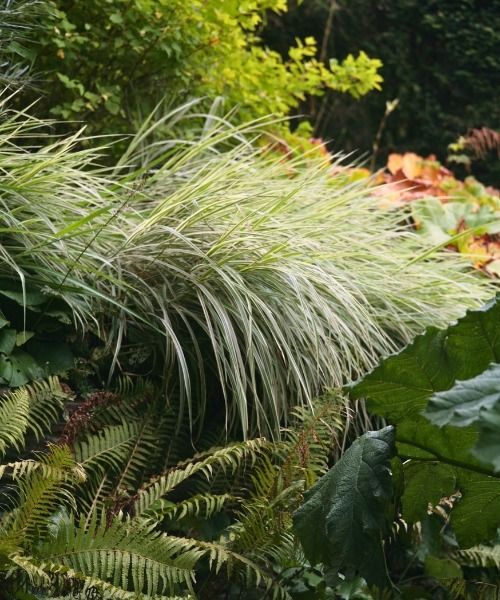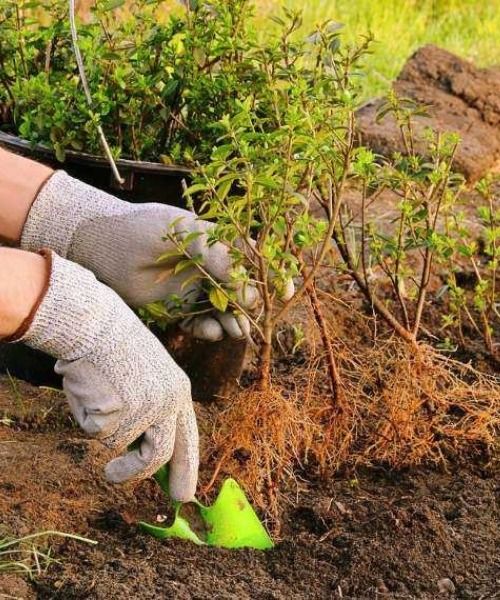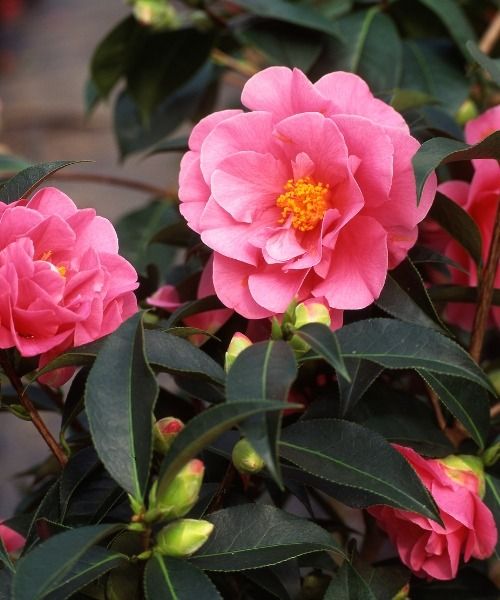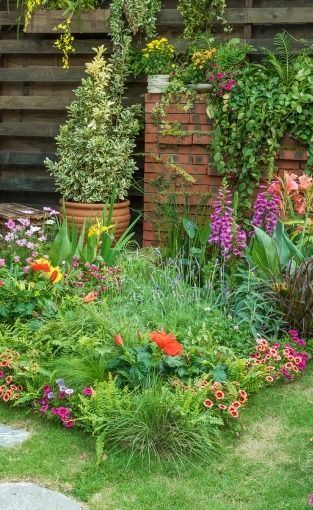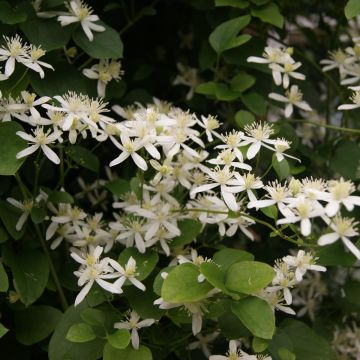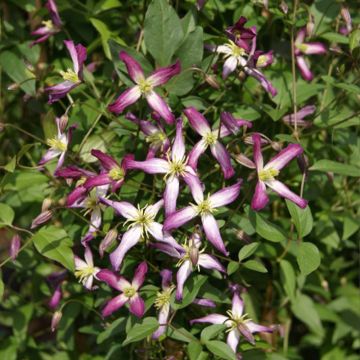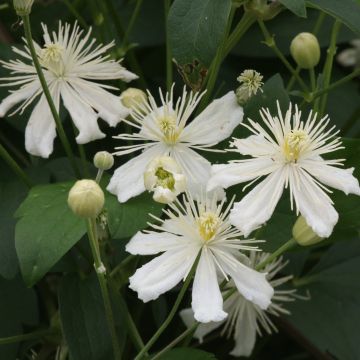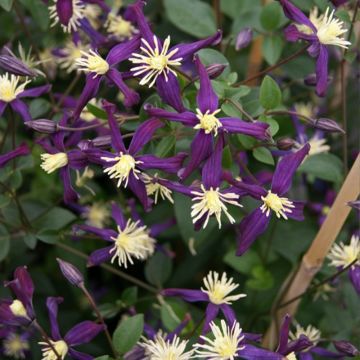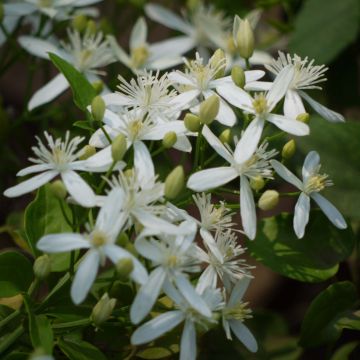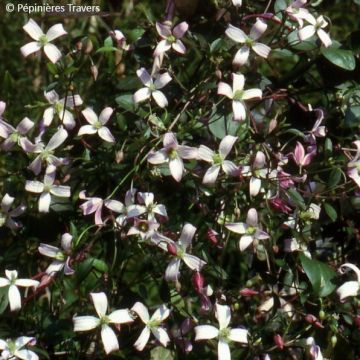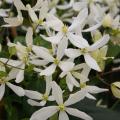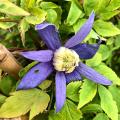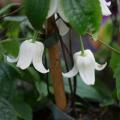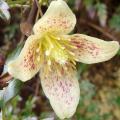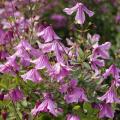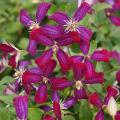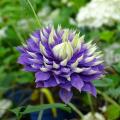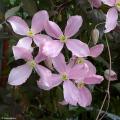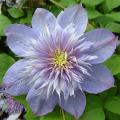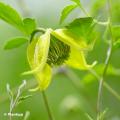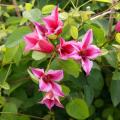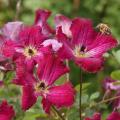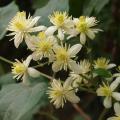Clematis Flammula
Would this plant suit my garden? Set up your Plantfit profile →
Available in 1 sizes
Available in 1 sizes
Available in 1 sizes
Available in 1 sizes
Available in 1 sizes
Available in 2 sizes
Available in 1 sizes
The Flammula Clematis group is made up of cultivars derived more or less directly from Clematis Flammula, mandshurica, recta, and ternifloras. They are climbing and deciduous herbaceous species, with a late flowering period, blooming on the current year's growth. Their pale to dark green leaves, sometimes grey-green, 2 to 15cm (1 to 6in) long, are single and lanceolate or pinnate. The inflorescences are presented in numerous panicles. On young shoots, the first flowers develop more towards the end of the vine. The flowers of the Flammula group are bisexual, star-shaped, single or double, 1 to 10cm (0 to 4in) in diameter. The bud is rather curved. The petals, numbering 4 to 6, are white to reddish-purple or mauve. At the end of flowering, very decorative, feathery seed heads can appear. Flowering lasts from June to October, with a beautiful second bloom in summer depending on the variety. The hardiness of the Flammula Clematis group ranges from +5 to -23°C (41 to -9.4°F) depending on the species. In March, all the shoots from the previous year should be cut back to 20cm (8in) above the ground and just above a cluster of buds. Flammula Clematis should be planted 5cm (2in) deep in moist, humus-rich, well-drained soil in full sun or partial shade.
Haven't found what you were looking for?






























